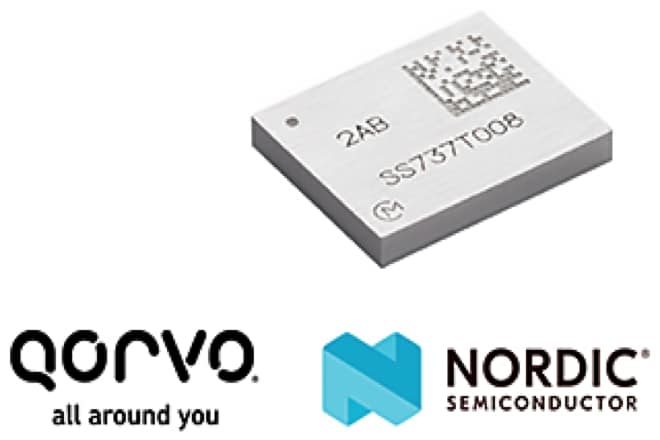Murata Manufacturing Co., the Japanese electronic components manufacturer has launched the smallest ultra-wideband (UWB) module – measuring just 10.5 mm × 8.3 mm × 1.44 mm – that combines elevated levels of accuracy and reliability with low-power to ensure compact and battery-driven IoT devices operate as efficiently and cost-effectively as possible.
Using short-range radio frequency (RF) technology, the Type 2AB UWB + Bluetooth low-energy (BLE) connectivity module can be used in a wide variety of applications where precise detection is essential.
Ideal for manufacturing engineers developing advanced products for the IoT market, the system-in-package module incorporates three antennae – two UWB for phased difference of arrival (PDoA) functionality and one for BLE. The module’s high-accuracy position detection capabilities and strong security functions make it particularly suited to such sectors as healthcare/wearables, industrial/commercial and home/consumer.
The Type 2AB module makes light work of asset tracking, indoor navigation, smart lighting, digital payments and such location applications as proximity device finding. It is equally well suited to use in smart factories, POI/indoor marketing, hospitals, museums, warehouses and underground construction projects. The UWB module offers significant benefits over systems based around Wi-Fi Bluetooth or GPS technology, the latter proving unsuitable for indoor use due to its reliance on satellite signals, the company said in a statement.
Compared to chip-on-board designs, the UWB module incorporating Qorvo ICs enables mounting areas to be reduced by around 75 percent. Other benefits of the resin molded surface mounted module with built-in Nordic MCU include improved design flexibility and reduced product development time, for example by eliminating the need to prepare external MCUs for customers. Additional features include excellent memory (256 kB RAM and 1 Mb Flash), a 3-axis sensor for motion detection, a deep sleep mode of 250 nA, and the ability to operate in temperatures from −40°C to 85°C and at voltages from 2.5 V to 3.6 V.
“The UWB market is expected to grow by around 30 percent over the coming years, driven by the burgeoning smartphone, IoT and smart cities sectors”, said Toshifumi Oida, senior director, communication module division, Murata.













